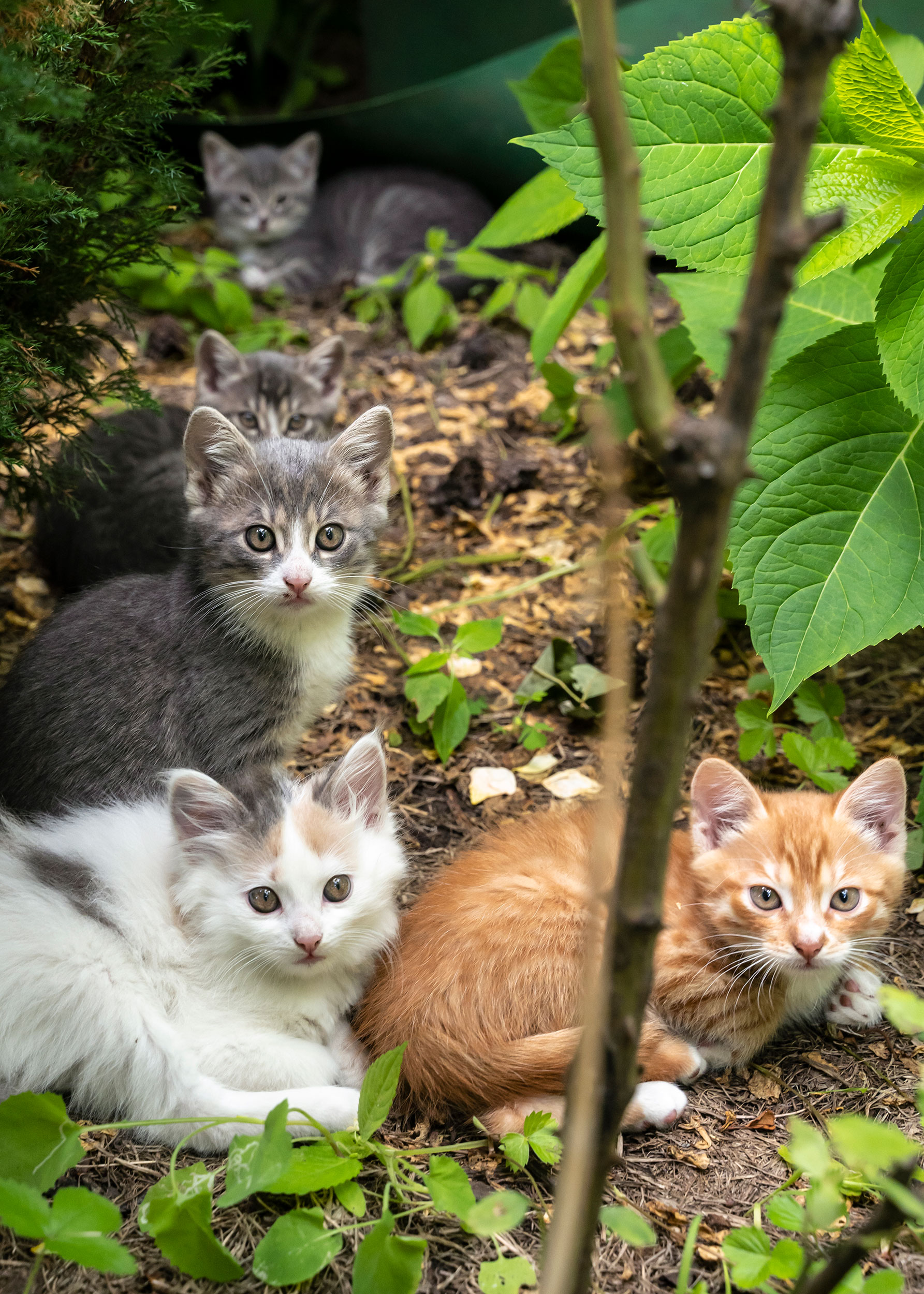Birth control for cats?
Single dose of hormone prevents ovulation and conception in felines for two years

For the first time, researchers have isolated a hormone that can prevent cats from getting pregnant.
A single dose of a viral vector containing anti-Müllerian hormone (AMH), a naturally occurring hormone, prevented ovulation and conception in female cats for at least two years, according to researchers at Massachusetts General Hospital and their collaborators.
The research is published in the latest issue of Nature Communications.
During previous research to evaluate AMH as a method to protect ovarian reserve in women undergoing chemotherapy, senior author David Pépin, associate director of the Pediatric Surgical Research Laboratories at MGH, and an associate professor at Harvard Medical School, discovered that raising the level of AMH beyond a certain threshold suppressed the growth of ovarian follicles, effectively preventing ovulation and conception.
“AMH (also known as Müllerian inhibiting substance, or MIS) is a naturally occurring non-steroidal hormone produced by the ovaries in human females and other mammals, and in the testes in males,” says Patricia K. Donahoe, a co-author of this study and the director of Pediatric Surgical Research Laboratories and chief emerita of Pediatric Surgical Services at MGH.
In 2017, Pépin and his collaborators were the first to publish the contraceptive potential of AMH in rodents.
The team then turned their attention to felines. To raise AMH levels in female domestic cats, the researchers created an adeno-associated viral (AAV) gene therapy vector with a slightly altered version of the feline AMH gene. Human therapies using similar AAV vectors to deliver various therapeutic genes have proven to be safe and effective and have been approved by the FDA.
“A single injection of the gene therapy vector causes the cat’s muscles to produce AMH, which is normally only produced in the ovaries, and raises the overall level of AMH about 100 times higher than normal,” says Pépin.
The researchers treated six female cats with the gene therapy at two different doses, and three cats served as controls. A male cat was brought into the female colony for two four-month-long mating trials. The researchers followed the female cats for more than two years, assessing the effect of the treatment on reproductive hormones, ovarian cycles, and fertility.
All the control cats produced kittens, but none of the cats treated with the gene therapy got pregnant. Suppressing ovarian follicle development and ovulation did not affect important hormones such as estrogen. There were no adverse effects observed in any of the treated female cats, demonstrating that at the doses tested, the gene therapy was safe and well tolerated.
“The treatment maintained high AMH levels for over two years, and we’re confident that those contraceptive levels will be sustained in the animals for much longer,” says veterinarian Philippe Godin, co-author and research fellow at MGH. Additional studies in a larger number of cats are needed to confirm these promising findings, he adds.
“This technology may be a little ahead of its time,” acknowledges Pépin, noting that the infrastructure needed to produce enough doses to sterilize millions of cats via gene therapy does not yet exist.
“Our goal is to show that safe and effective permanent contraception in companion animals can be achieved using gene therapy. And we hope that as the manufacturing capability of producing viral vectors increases with the rise of gene therapy in humans, delivering this contraceptive in the field to control unowned outdoor cat populations will become feasible.”
The collaborative research team, which includes investigators from MGH, the Center for Conservation and Research of Endangered Wildlife at the Cincinnati Zoo and Botanical Garden, and at the Horae Gene Therapy Center at the University of Massachusetts Medical School, received funding from The Michelson Found Animals Foundation, which is offering a $25 million prize to scientists to develop a single-treatment nonsurgical sterilization method for cats and dogs. The foundation also provides grant funding to support research that could lead to a practical solution that meets all the prize criteria.
“A non-surgical sterilant for community and companion animals is long overdue and will transform animal welfare,” said Gary K. Michelson, founder and co-chair of Michelson Philanthropies and the Michelson Found Animals Foundation. “This breakthrough discovery is a major milestone in our quest to provide pet owners with an alternative to surgical spay and neuter.”
Co-authors include Lindsey M. Vansandt, Marie-Charlotte Meinsohn, Guangping Gao, Dan Wang, and William F. Swanson.
Major funding for this research was provided by the Michelson Prize & Grants, a program of The Michelson Found Animals Foundation, co-chaired by Dr. Gary K. Michelson and Alya Michelson, the Joanie Bernard Foundation, and the department of Surgery of the Massachusetts General Hospital.





